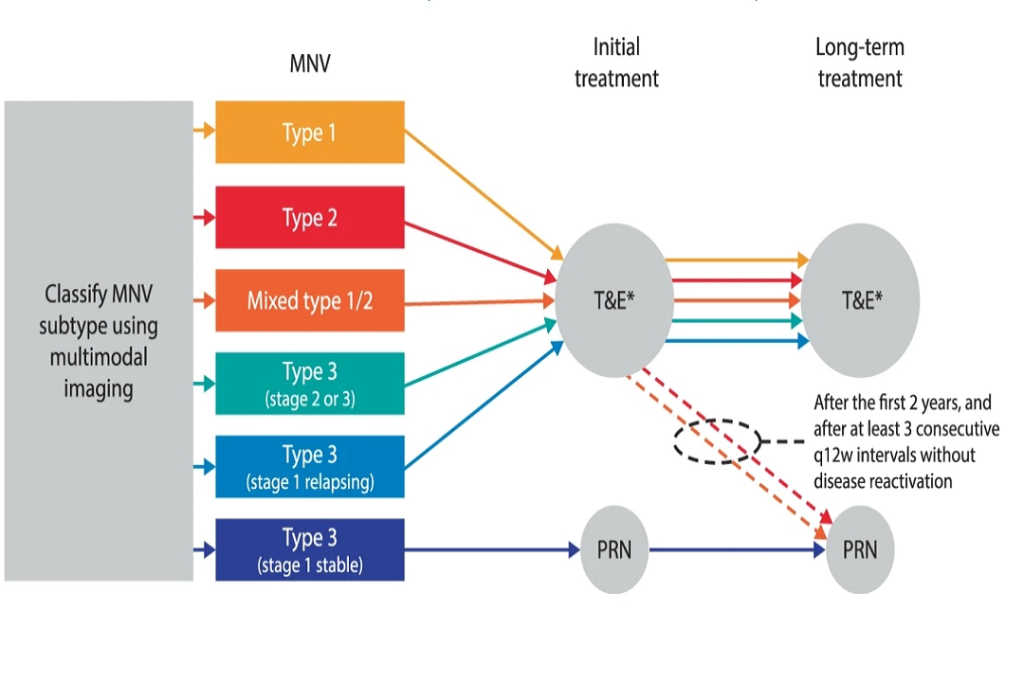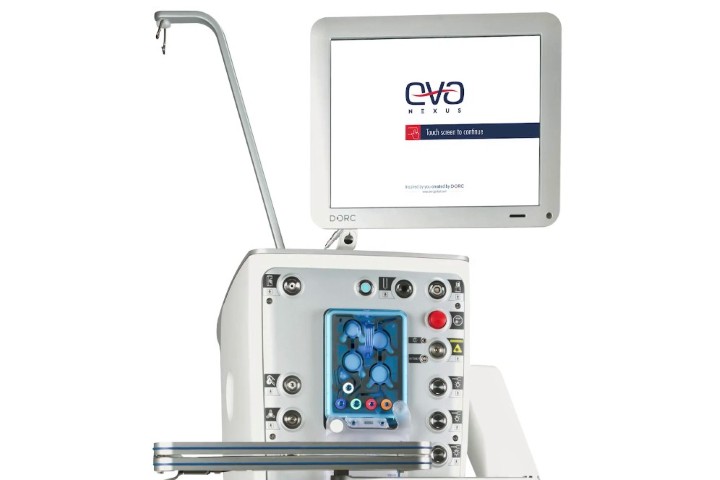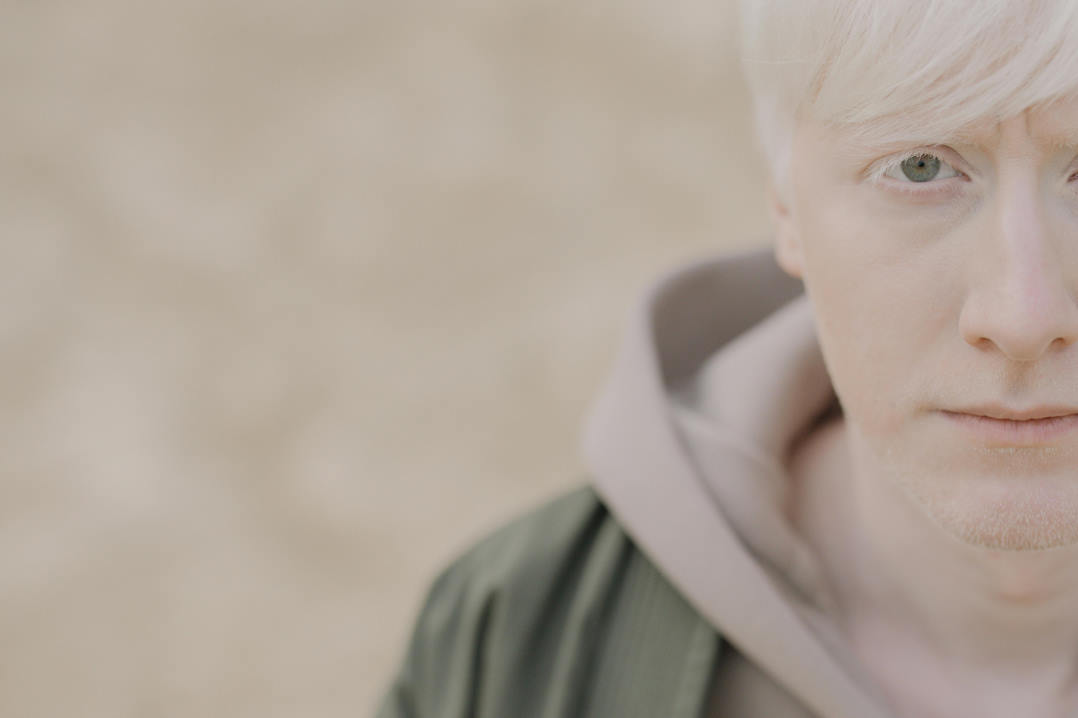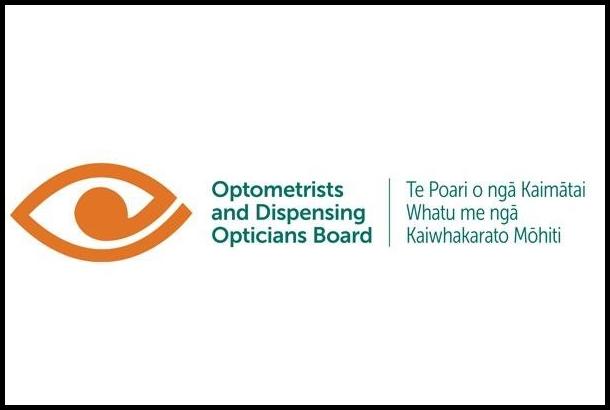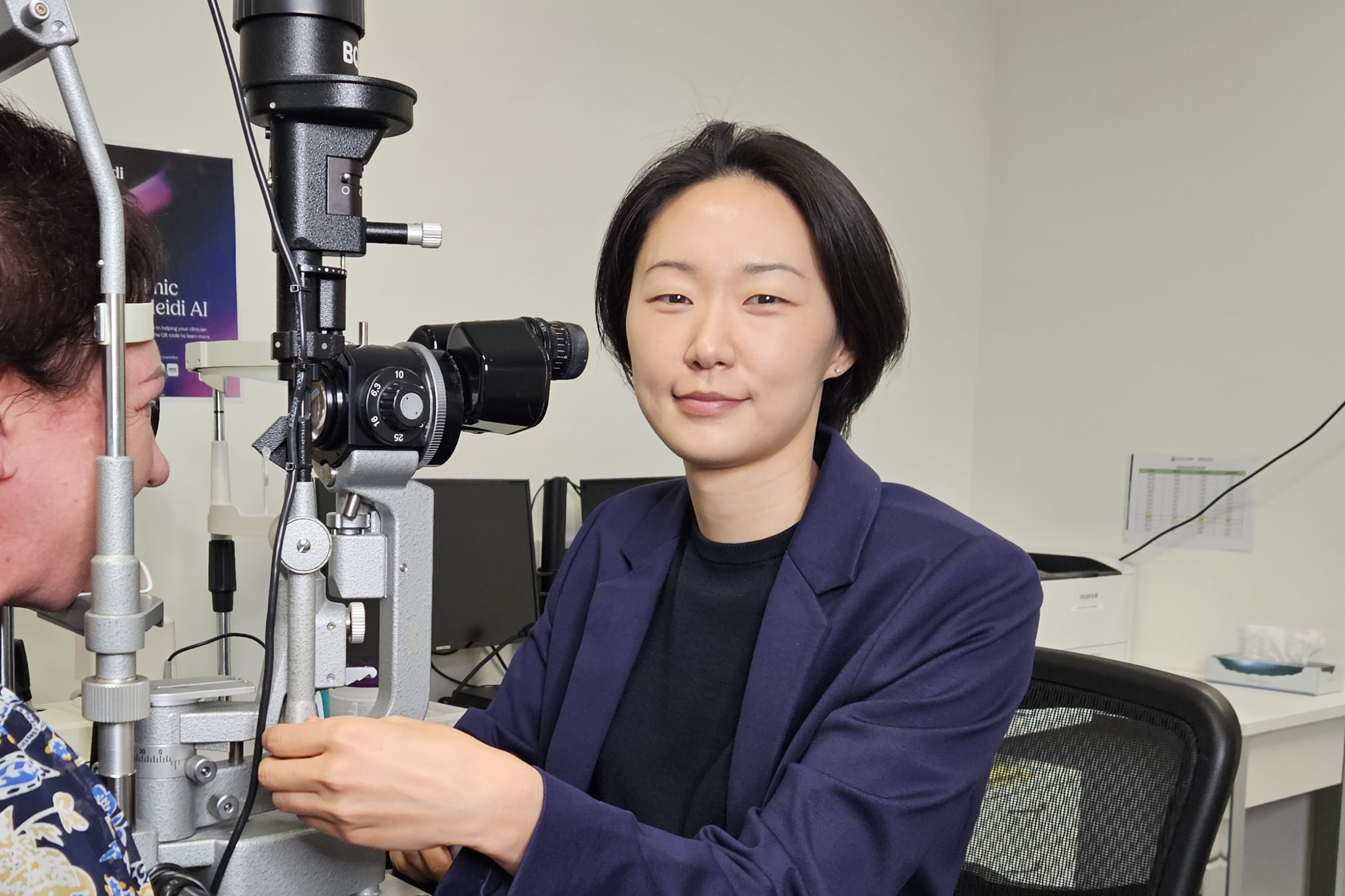Study establishes AMD subtypes
A comprehensive review of neovascular age-related macular degeneration (nAMD) literature has produced treatment recommendations based on three macular neovasularisation (MNV) subtypes.
An international team from Bayer’s Vision Academy aimed to identify the common characteristics and prognoses of nAMD subtypes and propose treatment recommendations to optimise patient outcomes. Writing in Nature, authors described the subtypes thus:
Type 1, previously known as ‘occult’ neovascularisation, is characterised by the presence of MNV beneath the retinal pigment epithelial (RPE) layer. It often requires more anti-VEGF injections than other types of MNV, as large mature vessels may be present in the neovascular complex and may produce recalcitrant or persistent subretinal exudation. However, long-term outcomes are typically better.
Type 2, previously known as ‘classic’ neovascularisation, is characterised by the presence of MNV of choroidal origin in the neuroretina, having broken through the RPE layer. It usually responds quickly to anti-VEGF therapy but is prone to the development of fibrotic scars.
Type 3, also known as retinal angiomatous proliferation (RAP), is characterised by anomalous vascular complexes originating in the neuroretinal layers. Lesions tend to be very sensitive to anti-VEGF therapy and treating lesions early leads to better visual outcomes with fewer recurrences and injections. However, the incidence of GA appears to be higher than in other MNV subtypes and the fellow eye frequently develops neovascular complications.
Authors noted the risk of relapse and the involvement of the fellow eye vary between MNV subtypes.









